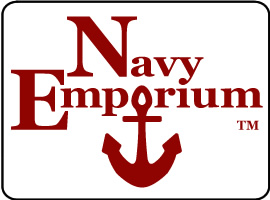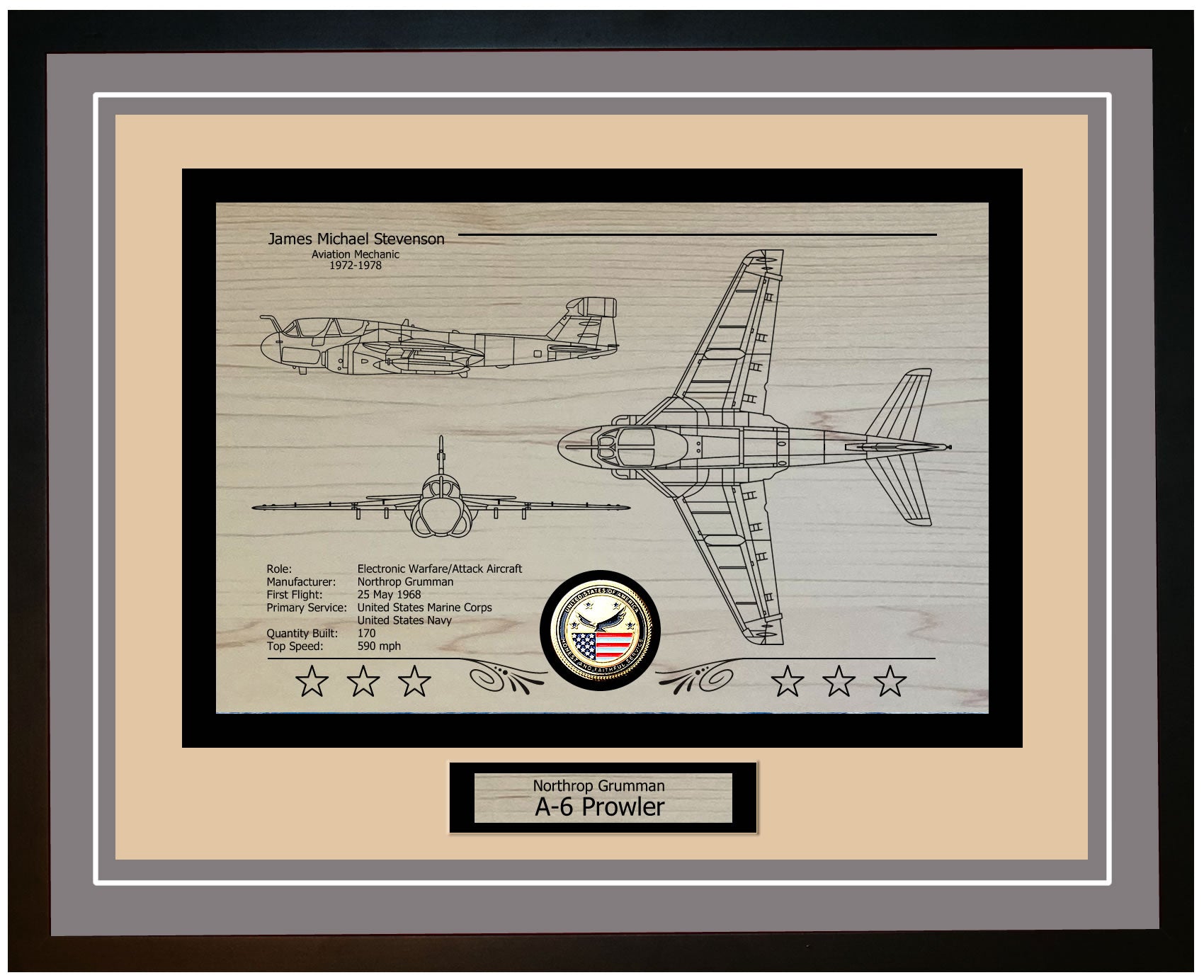The USS Salamonie (AO 26) was a Cimarron-class fleet oiler built for the United States Navy during World War II. Constructed at the Newport News Shipbuilding and Dry Dock Company in Newport News, Virginia, its keel was laid down on March 5, 1940. The ship was launched on September 18, 1940, and officially commissioned on April 28, 1941. The construction of the USS Salamonie enhanced the Navy's capabilities to support prolonged naval operations across vast distances. These Cimarron-class oilers were specifically designed to provide fuel and supplies to vessels at sea, underscoring the significance of logistical support in modern naval warfare.
The ship was named after the Salamonie River, a tributary of the Wabash River located in Indiana. Naming oilers after rivers was a tradition that highlighted their role in sustaining operations efficiently. While the Salamonie River itself may be modest in size, it symbolizes the often-overlooked contributions made by ships like the USS Salamonie to the Navy's operations. This naming choice reflects how crucial support vessels are for maintaining fleet readiness and effectiveness.
Noteworthy characteristics of the USS Salamonie included its substantial capacity for carrying fuel. The ship measured 553 feet long, with a beam of 75 feet and a draft of 32 feet. It was propelled by a turbo transmission system, allowing it to reach speeds of up to 18 knots. The vessel featured fuel tanks that could hold over 146,000 barrels of fuel oil, along with provisions for carrying aviation gasoline and other supplies. It was also equipped with armaments like anti-aircraft guns to defend against enemy attacks while fulfilling its crucial refueling missions at sea.
As part of the Cimarron-class group of fleet oilers, the USS Salamonie underscored the significance of support in naval operations during World War II and beyond. Its ability to refuel ships on the go enabled the Navy to maintain a presence in various regions, enhancing the fleet's strategic capabilities and operational range. The enduring legacy of the USS Salamonie continues to influence naval strategy and planning today.
The Cimarron-class ships were originally modeled after oil tankers but were adjusted to meet military requirements. These modifications included reinforced hulls, increased fuel storage capacity, and the addition of weapons. The primary function of the Cimarron-class oilers was to refuel vessels while they were at sea, allowing them to remain on missions for extended periods without needing to return to port. This capability was essential for sustaining the Navy's operational pace and strategic reach during wartime.
The USS Salamonie was commissioned on April 28, 1941, marking the start of a career that lasted over thirty years. Initially, the ship underwent training exercises and shakedown cruises to prepare its crew for future challenges. With the onset of World War II, the Salamonie played a vital role in the Navy's supply chain network, supporting operations in both the Atlantic and Pacific regions. Its ability to provide fuel and provisions to combat ships at sea significantly contributed to naval missions, highlighting the crucial importance of fleet oilers in modern naval warfare.
Steel Giant of the Seas: Unveiling the Structure, Technology, and Armament of USS Salamonie AO-26
The USS Salamonie (AO 26) served as a fleet oiler in the United States Navy, playing a crucial role in logistical operations. Its design prioritized fuel storage and stability for extended journeys. Measuring approximately 553 feet long and 75 feet wide, the Salamonie could carry up to 25,440 tons when fully loaded. The hull was crafted from high-tensile steel to withstand the challenges of sea travel. The ship featured strategically placed fuel tanks for optimal weight distribution, reducing the risk of tipping over.
In terms of technology, the USS Salamonie boasted advanced systems for its era to ensure safe operations. Its power came from a turbo-electric drive system, with steam turbines linked to generators that drove the propulsion motors. This setup enabled the Salamonie to achieve speeds of up to 18 knots. Advanced navigation and communication tools, such as radar and radio systems, facilitated refueling coordination and fleet communication.
Regarding weaponry, the USS Salamonie was equipped to protect itself, although its primary focus was on providing support rather than engaging in combat. The ship's defensive armament included 5-inch/38 caliber dual-purpose gun mounts and 40mm Bofors anti-aircraft guns. These weapons were essential for safeguarding the ship against enemy aircraft and smaller surface threats during World War II, when the risk of aerial attacks was significant. The placement of the armament around the ship was strategically designed to ensure protection and enable an effective response from the crew in case of threats.
In addition to its weaponry, the USS Salamonie benefited from enhancements aimed at bolstering its capabilities. For instance, the ship was equipped with fire control systems that improved the accuracy and efficiency of its guns, including radar-directed gunfire control to help the crew track and target enemy aircraft with precision. The crew also underwent training in damage control procedures and had equipment on hand to manage any emergencies that might occur during combat or refueling operations. By combining technology, strategic armament placement, and well-prepared crew members, the USS Salamonie effectively carried out its mission while maintaining a strong defensive posture.
USS Salamonie AO-26 Crew Member Reports of Time Aboard
The USS Salamonie (AO-26) holds a special place in the hearts of its former crewmembers, as evidenced by the memories shared in its guestbook. These recollections span various years and experiences, painting a vivid picture of life aboard the fleet oiler.
Carl Gogats served on the USS Salamonie in 1952 as a MML3. His time on the ship was marked by a significant career decision. He was transferred to the USS Beltrami (AK-162) with the promise of attending refrigeration school. However, this promise was not fulfilled unless he re-enlisted, which left him feeling deceived. Despite this setback, Carl fondly remembers Todd, whom he describes as the best commander one could ever have.
Jerry Hamlin's service aboard the USS Salamonie began in 1966 when he joined as a CS2. His journey with the ship started in Naples, Italy, and eventually led to a transfer to the USS Neptune, which was being relocated to the West Coast. In November 1967, Jerry received orders for shore duty in Vietnam, marking another significant chapter in his naval career.
Robert Plumley served as a Machinist Mate on the USS Salamonie in 1963. Now retired in North Carolina, Robert enjoys woodturning, gardening, and spending time with his grandchildren and great-grandchildren. He also has a pet named Darla. Reflecting on his service, Robert recalls the good times during Mediterranean and Caribbean cruises, even amidst the backdrop of wartime off the coast of Vietnam. Unfortunately, he does not have photographs from his time in service.
Riley Wilson's tenure on the USS Salamonie dates back to 1949 when he served as an RMSA-RM2. After achieving the rank of RM2, Riley was transferred to the USS Whitley (AKA-91) in Norfolk, Virginia. He left the Navy on November 28, 1952, and transitioned to a civilian career in communications with the Union Pacific Railroad. Riley retired 40 years later in Portland, Oregon, marking the end of a long and fulfilling career.
These memories collectively highlight the diverse experiences of the USS Salamonie's crew, from career advancements and transfers to personal reflections on life after service. Each story contributes to the rich tapestry of the ship's history, underscoring the lasting impact of their time aboard the USS Salamonie.
USS Salamonie AO-26: Evolution of a Fleet's Lifeline
The USS Salamonie (AO 26) played a vital role in supporting operations during World War II, the Korean War, and the Vietnam War, ensuring that both combat and support vessels could remain at sea for extended periods without needing to return to port for supplies. Its contributions to the fleet were immensely significant. Throughout World War II, the ship participated in campaigns such as the invasions of North Africa and Sicily while also aiding operations in the Pacific Theater. Its ability to refuel ships at sea revolutionized power projection, allowing the U.S. Navy to operate far from its home bases.
During the Korean War, the Salamonie continued its support role, enabling carrier task forces to conduct air operations. Similarly, during the Vietnam War, its logistical support in areas like the Gulf of Tonkin ensured U.S. forces had what they needed for their missions. Beyond its combat roles, the USS Salamonie also engaged in peacetime activities and humanitarian efforts. It participated in training exercises to maintain fleet readiness and undertook goodwill missions to assist countries in need.
The Salamonie's adaptability and consistent performance proved invaluable for the U.S. Navy, highlighting the importance of support in military operations. The ship’s many achievements underscore the critical role that fleet oilers play in ensuring the U.S. Navy's operational efficiency.
USS Salamonie AO-26: A Legacy of Valor and Service on the High Seas
The USS Salamonie (AO 26) played a crucial role in significant conflicts during its active years, showcasing the importance of fleet oilers in naval operations. Launched in 1941, the Salamonie was actively involved in World War II, providing refueling services to combat ships in both the Atlantic and Pacific regions. Its ability to supply fuel during combat situations ensured that the U.S. Navy could maintain its activities in support of offensive and defensive missions. The ship’s contributions were particularly noteworthy during the invasions of North Africa and Normandy, where its assistance was vital for the success of these large-scale operations.
In the Korean War, the USS Salamonie again demonstrated its value by aiding United Nations forces. Operating primarily near the Korean Peninsula, the Salamonie supplied fuel to vessels such as aircraft carriers, destroyers, and cruisers. This logistical support was essential for upholding blockades and providing air support for ground troops. The ship’s effectiveness under challenging conditions and amidst enemy threats highlighted both its resilience and the expertise of its crew. During this period, the Salamonie exemplified the critical role of fleet oilers in naval warfare.
In the Vietnam War, the USS Salamonie continued its service by participating in operations along Vietnam's coast. Its refueling missions enabled prolonged patrols and sustained bombardment efforts to support ground troops and disrupt enemy supply routes. The Salamonie's adaptability and reliability were evident as it tackled the challenges of the Vietnam conflict. Its uninterrupted logistical support allowed the Navy to exert influence in the region.
Throughout its career, the USS Salamonie garnered numerous awards and accolades that underscored its exceptional service and the commitment of its crew. Recognitions included Battle Stars for engagements in World War II, the Korean War, and the Vietnam War. It also received a Navy Unit Commendation for its performance during operations. These honors not only celebrate the Salamonie's contributions to U.S. naval efforts but also pay tribute to those who served aboard this esteemed vessel. The USS Salamonie (AO 26) is remembered for its dedication, outstanding service, and lasting impact on history.
USS Salamonie AO-26 Ship Specifications
| Specification | Details |
|---|---|
| Class | Cimarron Class Fleet Oiler |
| Commissioned | April 28, 1941 |
| Displacement | 25,425 tons |
| Length | 553 feet |
| Beam | 75 feet |
| Draft | 32.3 feet |
| Speed | 18.3 knots |
| Complement | 34 Officers 267 Enlisted |






